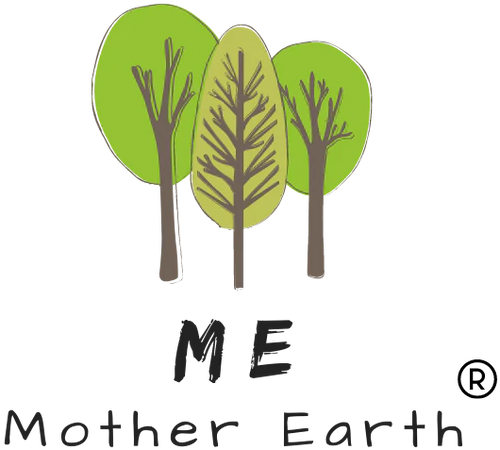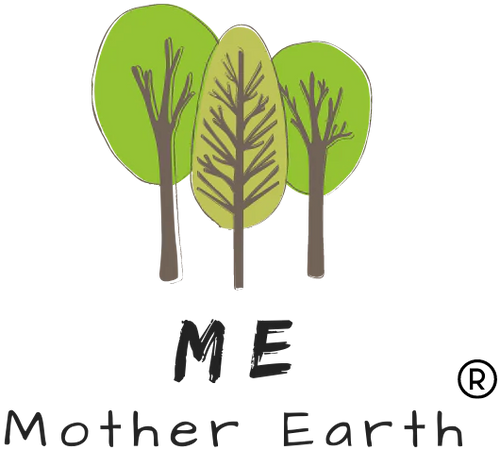Halloween is meant to be fun and festive, but behind the costumes, candy, and decorations hides a spooky truth—this holiday has a frightening impact on our planet and our health. From mountains of plastic waste to harmful chemicals, the environmental and personal cost of Halloween is something we can’t ignore. Here are some scary facts about Halloween—and how you can make yours more sustainable.
1. Costumes = Tons of Plastic Waste
Each year, more than 30 million people buy Halloween costumes in the U.S.—and most are made of polyester, a type of plastic derived from fossil fuels. After just one night, many of these costumes end up in landfills.
Sustainable Swap: Reuse costumes from past years, shop secondhand, or get creative with DIY outfits from clothes you already own.
2. Candy Wrappers Haunt the Planet
Halloween generates billions of candy wrappers, most of which are not recyclable. These tiny bits of plastic often end up in our oceans, where they harm wildlife and never fully break down.
Sustainable Swap: Choose candy that comes in paper or foil wrapping, or hand out alternatives like paper-wrapped treats, small toys, or homemade goodies (if safe for your community).
3. Pumpkins Go to Waste
In the U.S., more than 1 billion pounds of pumpkins are grown every year for Halloween—and most end up in landfills. As pumpkins rot, they release methane, a greenhouse gas even more potent than carbon dioxide.
Sustainable Swap: After Halloween, compost your pumpkin, donate to an animal sanctuary, or (if not carved) cook it into soups, pies, and roasted snacks instead of tossing it in the trash.
4. Single-Use Decorations Are Truly Frightening
Plastic skeletons, spiderwebs, and inflatable lawn monsters might look fun, but most are cheaply made and end up discarded after only a few years. Add in batteries and lights, and the environmental footprint grows even larger.
Sustainable Swap: Decorate with natural items like autumn leaves, dried corn, or DIY some reusable decorations to last for many Halloweens and thrift the rest to make your home spooky and footprint lighter.
5. Fast Fashion Creeps Into Halloween
Retailers push cheap, trendy costumes and themed clothing that people wear once and never again. This fast fashion trend contributes to over 92 million tons of textile waste globally every year.
Sustainable Swap: Host a costume swap with friends or check out thrift stores for unique, pre-loved pieces.
6. Toxic “Tricks” in Makeup and Fake Blood
Many Halloween makeup kits contain toxic chemicals like parabens, lead, and phthalates that can harm both your health and the environment when washed down the drain.
Sustainable Swap: Use non-toxic, cruelty-free brands—or try corn syrup with coffee grounds mixed with a natural red food coloring for that ultra realistic fake blood.
7. The Scary Truth About Red Food Dye
It’s not just the environment at risk—Halloween treats can also harm our health. Many candies contain Red Dye No. 40, an artificial food coloring linked to hyperactivity, behavioral issues, and allergic reactions in kids. Studies suggest it may also contribute to long-term health risks when consumed in large amounts.
Sustainable Swap: Look for candies made with natural coloring from fruits and vegetables (like beet juice, turmeric, or spirulina), or try making your own festive treats at home using clean ingredients and skip the ultra processed treats.
Final Thoughts: A Greener, Healthier Halloween
Halloween should be spooky—but not for the planet or our kids. By rethinking costumes, candy, and decorations, we can cut down on waste, avoid harmful chemicals, and make this holiday healthier and more sustainable.
This year, let’s keep the scares where they belong—in haunted houses, not in our environment or our bodies. 🌍🎃

